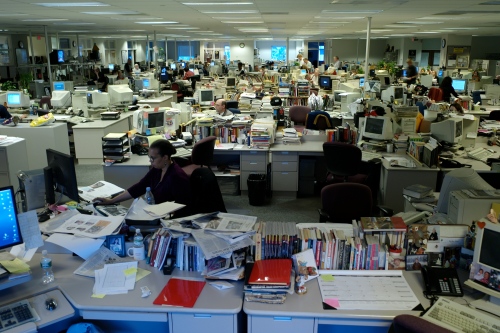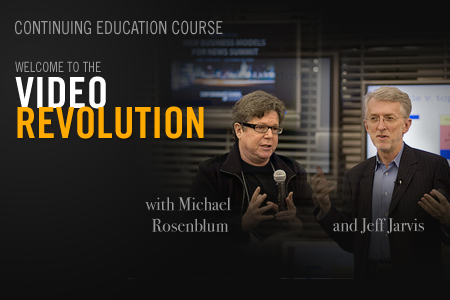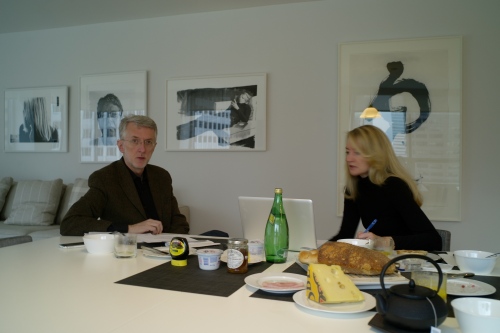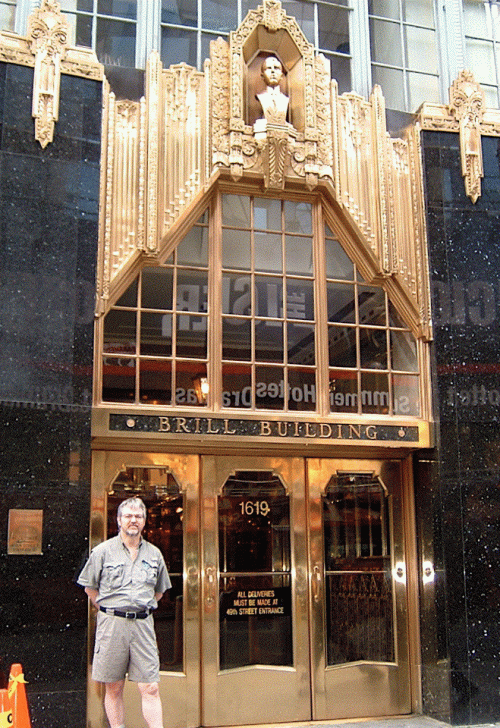
what would you like to know….
OK
It’s one of those late night Science Fiction movies in which a time traveller goes into the future and discovers that the whole world has become a land in which learning and reading and knowledge are forgotten.
Then, our hero discovers a secret cult, buried far away, which has committed to memory all of human knowledge and struggles to keep the flame burning.
You have seen this plot a thousand times, in a thousand different iterations, from Matrix to The Time Machine or Fahrenheit 451.
It resonates so well with us because it is based on history experience. During the Dark Ages, the vast reservoir of human knowledge was indeed reduced to a few monestaries across Europe where monks kept the flame of learning and reading and writing alive while the rest of the world was plunged into darkness and ignorance.
Today, these nodes of knowledge are not monestaries, but newspaper newsrooms.
There, compressed within a few thousand square feet you have the combined residual knowledge of an entire community. People who have, quite literally, spent their lives learning about and studying the arcania of the city council meetings, the local schools, the local public services, the local water works, the bond issues, even the local restaurants or high school football teams. It’s pretty amazing when you think about it, and a resource of unimaginable value.
Unimaginable value if you know how to mine it.
Taking their knowledge and printing it on paper with ink is probably not the best way to exploit this asset in a digital age.
We are facing a curious reversal of valuations, and it is a relatively new phenomenon.
Not so long ago, the machinery to print and distribute this information was the rare and expensive part of the news business. AJ Liebling said, “freedom of the press is guaranteed only to those who own one”.
Liebling, who wrote for The New Yorker, and who died in 1963 lived in an era in which presses were notoriously expensive. The Sulzbergers could afford one. The rest of us could not. And this had been the case since Gutenberg first put paper to inked letters five hundred years ago.
Ironically, at the same time, information was considered to have marginal value, at best.
The basis of the newspaper’s economy was founded in the value of the presses. Again, Leibling:
“People everywhere confuse what they read in newspapers with news.”
Now we are suddenly in an era in which anyone can publish globally any time (like this blog), for free.
The value of the press is next to nothing. But the value of the information? Priceless. What, after all, is Google, but a residual font of information? Information that people want.
The newspaper newsroom is a goldmine of local information, and it is information that people want and are willing to pay for. But it has to be organized. The way it is organized now, on paper and ink, and sold once a day on the streetcorner does not work. It is archaic in a web world. But that does not mean that the information that is there, and the knowledge that is there has no value.
On the contrary.
It is not the staff in the newsroom that needs to be chopped away.
It is the press and the paper.









